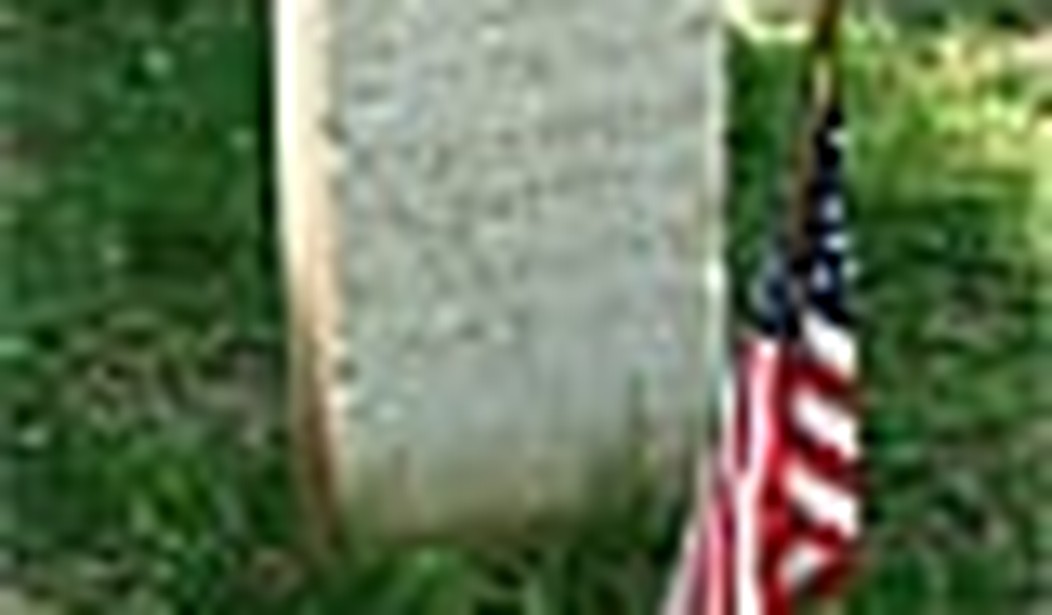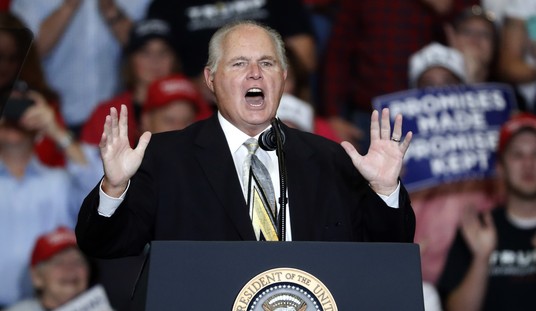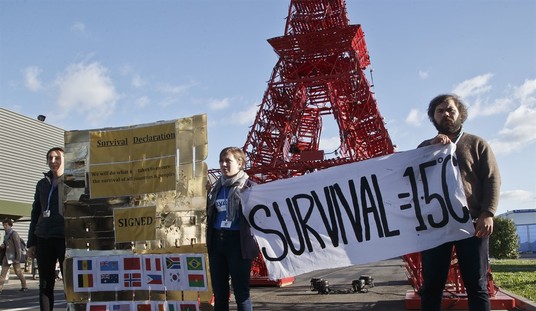The sixteen-year-old boy dipped his sponge into a bucket of bleach and water and began to scrub the dirt and algae off the gravestone. It read, simply, “UNKNOWN.” Beneath the boy’s knee likely lay the shattered bones of two or more young men of about his age.
The bodies had been tossed into a wooden box and dumped into this grave — as they had in the twenty-four other graves arrayed in a semicircle within this tiny stonewalled graveyard — when they had been rounded up months after they had fallen in the Battle of Ball’s Bluff. By then, wild animals and pigs had gotten to the bodies, scattering parts everywhere. And, as this was one of the first battles of the Civil War, few of the men wore any identification.
So, with the exception of one fortunate soldier, James Allen, whose name is carved into a headstone, all of the rest of the graves, bearing an unknown number of bodies, are simply “Unknown.”
We’d come all of the way from Sunnyvale, California, to Leesburg, Virginia, to honor these anonymous young men and to restore both their final home and the battlefield on which they died. That’s why half of our crew of Boy Scouts and dads were down the hill, stacking newly fallen and chainsawed trees and feeding branches into a chipper. The other half, including me, was up the hill in the lonely little graveyard, weeding, planting grass seed, restoring the flagpole — and most compellingly, scrubbing white the old headstones.
Ball’s Bluff is not a famous Civil War battle — certainly not compared to Gettysburg — where, two years later, by an awful coincidence, these same Union and Confederate units would meet again at the Angle in the center of the Union line at the farthest point of Pickett’s doomed charge. But it is an important battle nevertheless. Of the few battles in 1861, Bull Run would be the biggest, but little Ball’s Bluff, which involved only a couple thousand combatants, had the most far-reaching consequences.
Ball’s Bluff was a classic early battle of the Civil War, characterized by over-confidence, under-competence, and a lot of confusion (not least because some of the Union soldiers were wearing gray uniforms). What history tells us is that a Union reconnaissance party crossed the Potomac upriver from Washington, near Leesburg, to scout out a sizable Rebel force. They were quickly fired upon and called for reinforcements. That’s when the Union commander made the terrible mistake of sending more and more of his troops across the river before fully understanding the nature of the battle.
The result was a catastrophe: the Union troops found themselves not only climbing a steep bluff and being channeled into two ravines, but also facing withering fire from a large contingent of the enemy. One of the first to fall was the commander, Colonel Edward D. Baker. He not only led the unit, but was also the United States senator from Oregon and one of President Lincoln’s best friends. A great speaker, it was Baker who was credited with bringing Oregon and California over and winning Lincoln the election. He remains the only sitting senator to die in battle.
Now he was dead with a bullet in his brain — and after a prolonged firefight, the Confederates pushed the Union soldiers off the bluff and down the steep bank. There, trapped in the mud, while clambering for their boats, the Yankee soldiers were slaughtered: 222 of them, many of them floating past the horrified citizens of Washington days later.
By comparison with the great Civil War battles of the years to come, Ball’s Bluff was little more than a skirmish. But Americans still weren’t used to this kind of slaughter, and were appalled. A military commission was formed, scapegoated the local commander and imprisoned him; and much of the U.S. Army’s high command was re-organized. The overall effect was to terrify most of the Army’s generals out of doing anything risky involving crossing rivers — a fear sometimes used to help explain Gen. Burnside’s disastrous decisions to only use the bridges at Antietam and Fredricksburg.
Why were we at Ball’s Bluff? Because the Union force at the battle was the 1st California Infantry Regiment — a group, formed in Philadelphia by Sen. Baker, that ironically contained only one known Californian (actually, just a veteran of the Gold Rush). The 1st California was so badly mauled at Ball’s Bluff that it ceased to exist, but was reformed as the 71st Pennsylvania. The 71st, however, throughout the rest of the war, continued to call itself the 1st California, and even wore that designation on its uniform collar.
It was this “California” connection, no matter how tenuous, that had brought our small group of Silicon Valley Boy Scouts and dads to this quiet corner of the Potomac. Each summer, I try to organize something out of the ordinary for the older Scouts. We’ve driven to Oregon and walked the Lewis and Clark path, hiked 192 miles across England, and driven cattle up the Chisholm Trail. But this year’s trip in many ways proved to be the most complex and resonant. As part of two Eagle Scout service projects, we helped restore Ball’s Bluff in preparation for next year’s sesquicentennial, then toured the Civil War exhibit at the NRA’s National Firearms Museum, then drove up to Gettysburg to sit at the Angle and march the path of Pickett’s Charge.
That night, we moved to Morven Park, also near Leesburg, and as we sat sweating in the darkened antebellum rotunda of the Westmoreland Davis mansion, a Confederate soldier (Chief Interpreter Doug Smith) burst in and drafted us into the Rebel army. We soon found ourselves on a scouting mission across moonlit empty fields towards the Potomac under musket fire. We slept in another open field, and the next morning set to work helping restore the trails and huts of the winter encampment used by the Confederate soldiers after Ball’s Bluff, as well as participated in an archeological dig.
In the afternoon, we put on the Civil War uniforms we’d purchased from a Fresno sutler — the wool pants and jackets were almost unbearable in the humid, 90 degree plus heat — and met arriving re-enactors of the 71st Pennsylvania Volunteer Infantry Regiment, under the command of Captain Craig Mullin. For the next two days we drilled, marching and conducting the manual of arms (the boys first used wooden guns, then real Enfields) and finally, firing the rifles.
It goes without saying that re-enactors take what they do very seriously. But the mistake is often made in assuming that it is all about dressing up and playing army and searching for that transcendent moment when the present falls away and the past is once again alive. Just as important to these re-enactors is the act of honoring the fallen, of making sure their sacrifices — often the supreme one — are never forgotten.
As I watched through the day, this same spirit seemed to imbue the Scouts with a similar sense of pride and purpose. These were Silicon Valley kids after all, their lives filled with Facebook and World of Warcraft, MTV, and SATs. Many have seen their parents lose jobs in the last couple years; and many will soon choose a lesser, cheaper college because their families can no longer afford the tuition. And more than one Scout couldn’t join us on this trip because of tight family budgets. And yet, as difficult as times are, marching in the heat in a scratchy wool uniform with a rifle on your shoulder put things into context for the boys. It could be much much worse. They could be dumped into a grave in Ball’s Bluff, or standing at the Angle, watching as canister blew to bits boys their age on the other side, and nervously awaiting the bayonets of Pickett’s and Pettigrew’s on-rushing howling divisions.
This reality hit us all, men and boys, most deeply when Captain Mullin’s wife Katie, in her long, traditional dress, delivered to each of us packages “from home”: hand-addressed packets of string-tied butcher paper bearing replicas of stamps of the era. Inside, in an extraordinary effort by the ladies of the 71st, we found, wrapped in wax paper, gifts of lye soap, dried fruit, peanuts, shortbread, handkerchiefs embroidered with our initials (and a medicinal bottle of whiskey for me, the colonel) and, most touching of all, hand-copied versions of real letters from home of the era. No instant messages, no emails, not even a cellphone call from home — in 1862 this might be all that a young soldier might hear from home in months.
With new resolve, the boys drilled even harder in the unfamiliar sweltering heat. And if they didn’t find that timeless “moment,” I think they discovered something even more important. And it showed a few mornings later when, at the Boy Scout National Jamboree at Ft. A.P. Hill, before a large audience, the boys, still in their 1st California uniforms, marched through the drill as the color guard to the morning’s VIP flag raising. They did it perfectly, to the cheers of the crowd.
To the boys, that was no doubt the climax of their trip. But for me it came two nights before, as we sat with the 71st and sang Civil War era songs to the accompaniment of Captain Mullin’s harmonica. I thought of the newly white graves glowing in the darkness just a few miles away — and around this country and across the world. In a tribute to my own Civil War ancestors, Martin Malone and Thomas Martin Kirby, Kansas Cavalry and Infantry respectively, I called for “The Minstrel Boy.”
Together, men and boys, we sang the words that resonated both then and today:
“Land of Song!” said the warrior bard,
“Tho’ all the world betray thee,
One sword, at least, thy rights shall guard,
One faithful harp shall praise thee!”









Join the conversation as a VIP Member